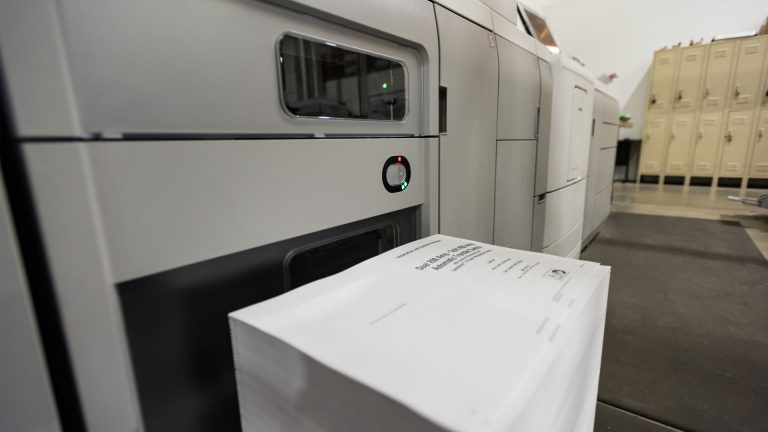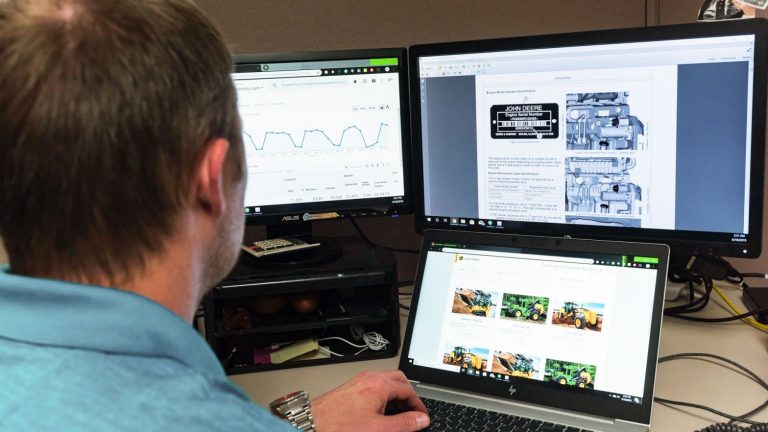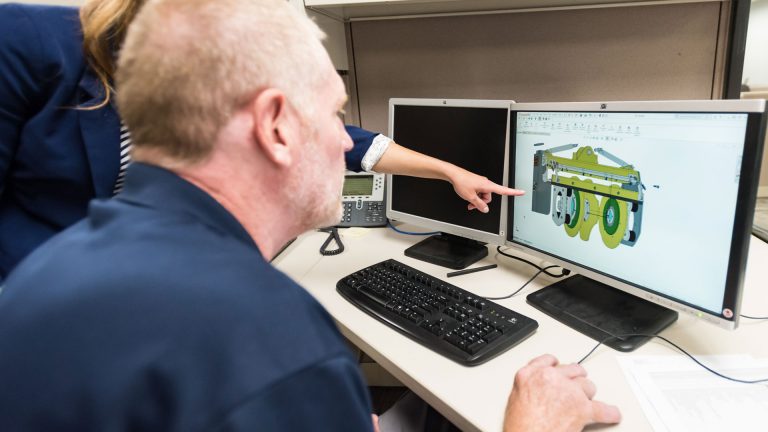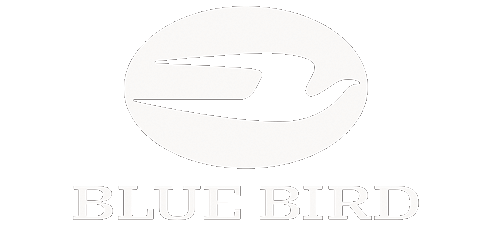Filling the gasoline fuel tank on a boat can confuse some owners. Modern built-in tanks are designed to be environmentally friendly by preventing fuel from overflowing into the water and minimize vapors released to the atmosphere. Keep these thoughts in mind when filling the tank.
- Avoid using gasoline blended with ethanol; if that is not possible, NEVER use a blend greater than 10% ethanol. Blends greater than 10% can damage the fuel system and engine and are not covered by the warranty.
- If you fill with 10% ethanol blended fuel, fill the tank with only the amount of fuel you will use in 2 weeks. Ethanol blends break-down very quickly and can cause performance issues. The use of a marine-grade fuel stabilizer is recommended if the boat will not be used for 2 weeks or more.
- The tank capacity listed in the published specifications is typically greater than the actual fill capacity to allow for expansion as the fuel warms. The difference can be between 5% to 10% of the published specification.
- The fuel gauge in the boat gives only an approximation of the fuel level due to the motion of the boat and it’s attitude in the water.
- Open the fuel filler cap slowly to allow any pressure to release. Most systems are designed to hold 1 psi of pressure.
- Adding fuel slowly will allow the internal valves to react quickly to ensure the maximum amount of fuel with minimum “spit-back.”
- Do not attempt to “top off” the tank after the first release of the filler hose valve handle. This can result in a dangerous overflow of fuel into the boat or system damage.
- If you are trailering, fill the fuel tank as close to the launch as possible. One gallon of gasoline weighs just over 6 lbs and the added weight will put extra stress on the trailer and tires, and reduce your fuel mileage.


































